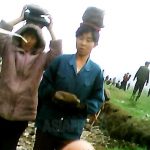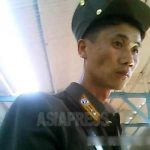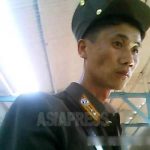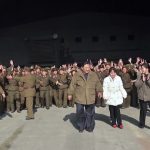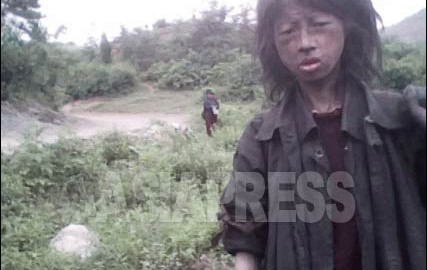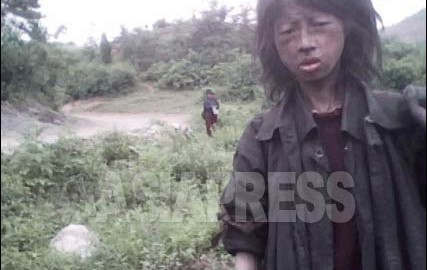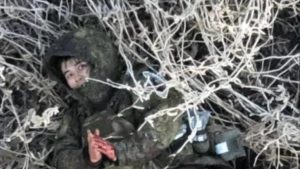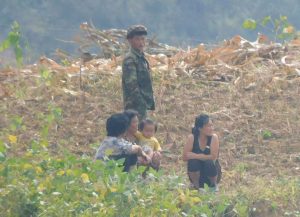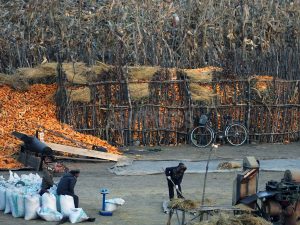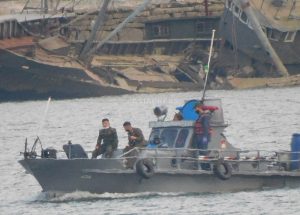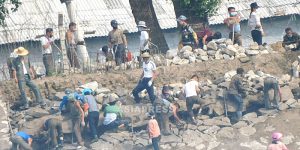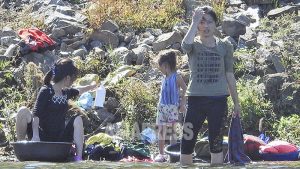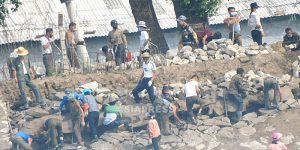◆ Strange Changes from His Late 30s
Young-sook's parents resumed their lumber mill and shoji screen workshop, and Young-sook spent her school years immersed in theater and music.
However, the family gradually became caught up in the whirlwind of the North Korean repatriation project. In 1960, six siblings and their parents returned to North Korea, excluding the fifth brother, eldest daughter, and Young-sook. Myeong-dal married a Korean woman and returned together. Young-sook, who had no intention of returning, changed her mind when she heard her father was critically ill in North Korea and returned two years later.
Young-sook was assigned to Sinuiju, North Pyongan Province, located on the border with China. Myeong-dal also came to live in the same Sinuiju city and worked at the Rakwon Machine Complex. However, strange changes began appearing from his late 30s.
Yoon-mi described her uncle's condition: "He was a very intelligent person, but he began showing symptoms of slurred speech. It got worse with age, like the aftereffects of a stroke."
◆ Unexpected Contact from Classmate in Hiroshima
Yoon-mi remembers it was the early 1990s when a letter came to Myeong-dal from a classmate at Hiroshima First Middle School.
The news that Myeong-dal, who had participated together in rescue operations after the atomic bombing, has been unable to receive medical treatment and struggling economically in North Korea became a topic at their class reunion, and support activities for Myeong-dal began.
"Around that time, Uncle Myeong-dal was in a condition where daily life was difficult without help. I remember my mother writing letters on his behalf," Yoon-mi says.
The classmates contacted organizations that provide relief for atomic bomb victims living in third countries to request support. When this didn't progress as expected, they collected money from classmates to send. Around 1993, a large sum of nearly 2 million yen arrived. Yoon-mi remembers the circumstances this way.
According to photojournalist Ito Takashi, in the 1990s, the North Korean government investigated the conditions of atomic bomb survivors within the country. In 1995, an atomic bomb survivors' association was established and issued their own survivor certificates. This was because Lee Sil-geun, who was exposed to radiation in Hiroshima, established the "Korean Atomic Bomb Survivors Liaison Council in Japan" and worked to mobilize the North Korean government to take action on the issue. Nearly all atomic bomb survivors residing in North Korea were Korean residents of Japan who had moved there through the repatriation project from Hiroshima and Nagasaki.
Both Young-sook and Yoon-mi say they "have no memory of (Myeong-dal) being subject to government investigation." The Hiroshima First Middle School classmates may have been inspired by Lee Sil-geun's movement to remember Myeong-dal.
Myeong-dal died in North Korea a few years after receiving the remittance. As we mark 80 years since the atomic bombing, it is important to remember that there were Korean residents of Japan who suffered from aftereffects even after moving to North Korea, and that there were people in Hiroshima who didn't forget their Korean classmates and extended helping hands.
What happened to the 93,000 Zainichi Koreans who returned to North Korea?
